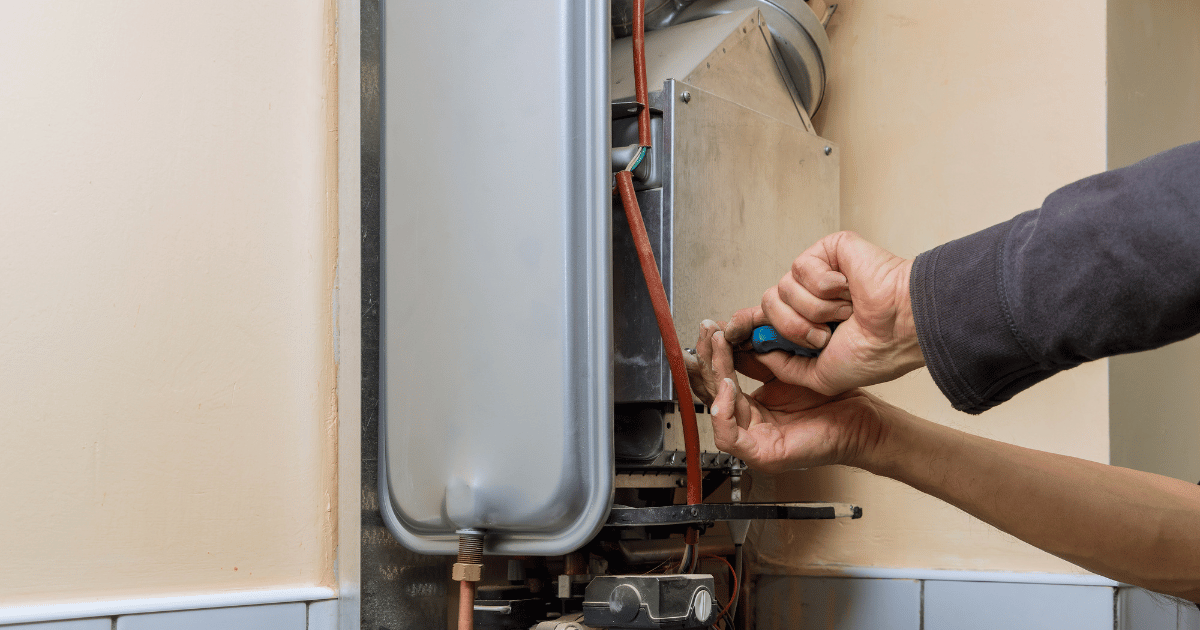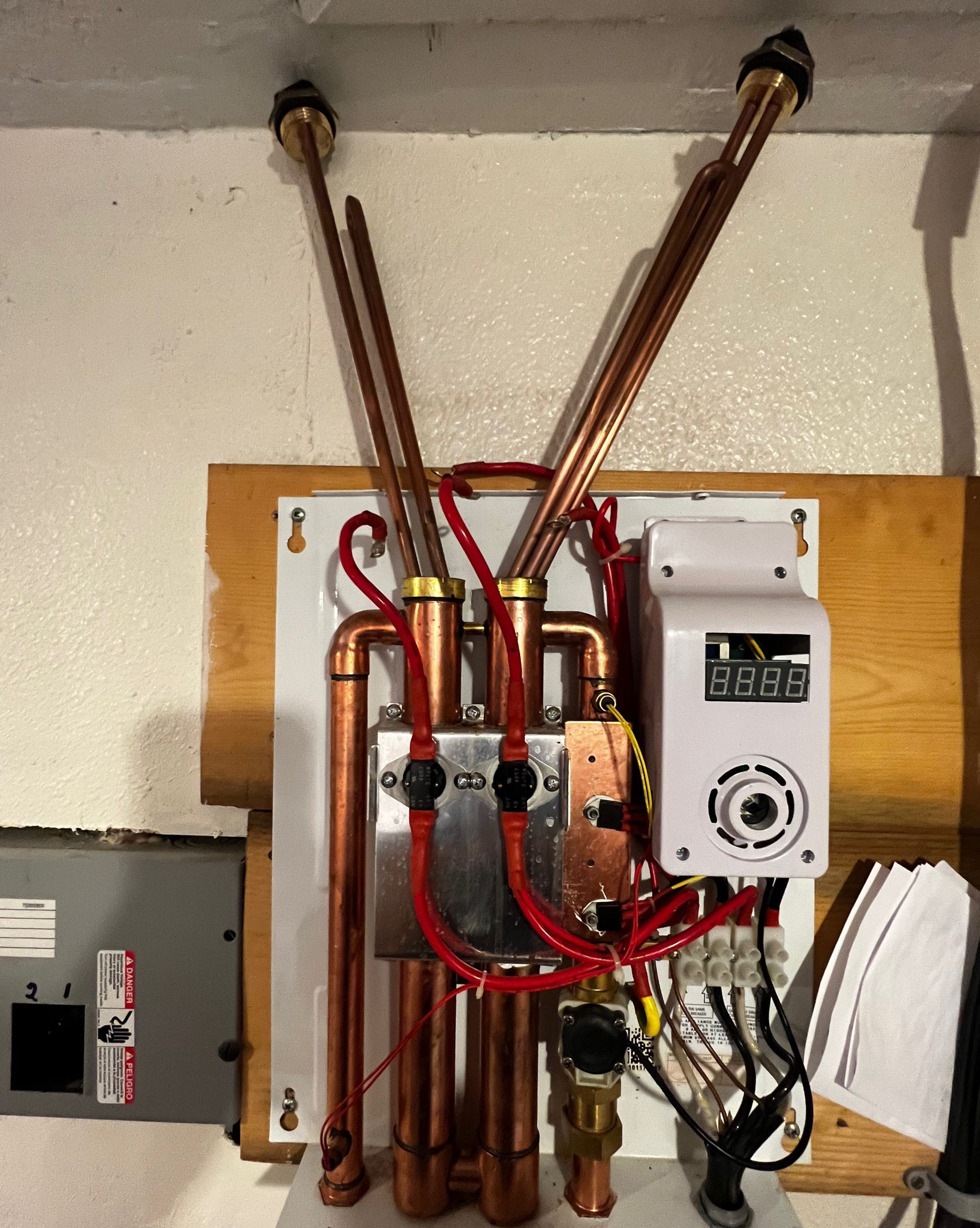Tips on How to Keep Your Home's Hot Water System in Good Condition
Tips on How to Keep Your Home's Hot Water System in Good Condition
Blog Article
They are making several good observations relating to Tips For Maintaining Your Hot Water Heater overall in the content further down.

Hot water is necessary for daily comfort, whether it's for a revitalizing shower or cleaning recipes. To guarantee your hot water system runs effectively and lasts much longer, routine upkeep is key. This post gives practical suggestions and understandings on just how to keep your home's hot water system to prevent disruptions and expensive repair services.
Intro
Keeping your home's hot water system might appear challenging, however with a couple of easy steps, you can guarantee it operates smoothly for several years to come. This guide covers every little thing from understanding your warm water system to do it yourself maintenance ideas and recognizing when to hire expert aid.
Relevance of Maintaining Your Hot Water System
Normal upkeep not only prolongs the life-span of your warm water system but likewise guarantees it runs efficiently. Overlooking upkeep can bring about decreased efficiency, greater power costs, and even premature failure of the system.
Indications Your Warm Water System Demands Upkeep
Knowing when your hot water system needs interest can protect against major issues. Look out for indicators such as irregular water temperature level, weird sounds from the heating unit, or rustic water.
Understanding Your Hot Water System
Before diving right into maintenance tasks, it's practical to recognize the standard components of your warm water system. Usually, this consists of the hot water heater itself, pipelines, anode poles, and temperature controls.
Monthly Upkeep Tasks
Regular monthly checks can aid capture small concerns prior to they rise.
Purging the Hot Water Heater
Purging your hot water heater eliminates debris accumulation, enhancing effectiveness and extending its life.
Checking and Replacing Anode Rods
Anode rods avoid corrosion inside the tank. Inspecting and changing them when worn is important.
Inspecting and Adjusting Temperature Setups
Readjusting the temperature level setups makes sure optimal efficiency and safety and security.
DIY Tips for Maintenance
You can perform several upkeep jobs on your own to maintain your warm water system in leading condition.
Checking for Leaks
Regularly evaluate pipelines and connections for leakages, as these can bring about water damages and higher bills.
Testing Stress Relief Valves
Testing the stress safety valve ensures it functions appropriately and stops extreme pressure buildup.
Shielding Pipelines
Insulating hot water pipelines decreases heat loss and can conserve power.
When to Call a Professional
While do it yourself upkeep is useful, some issues call for specialist competence.
Complex Concerns Needing Professional Aid
Examples consist of major leakages, electrical problems, or if your hot water heater is regularly underperforming.
Regular Expert Maintenance Conveniences
Expert upkeep can include thorough examinations, tune-ups, and guaranteeing conformity with security standards.
Final thought
Regular upkeep of your home's hot water system is necessary for efficiency, durability, and cost financial savings. By adhering to these suggestions and understanding when to look for professional aid, you can guarantee a trustworthy supply of hot water without unforeseen disruptions.
How to Maintain an Instant Hot Water Heater
Before tinkering with your hot water heater, make sure that it’s not powered on. You also have to turn off the main circuit breaker and shut off the main gas line to prevent accidents. Also turn off the water valves connected to your unit to prevent water from flowing into and out of the appliance. 2. When you’re done, you have to detach the purge valves’ caps. These look like the letter “T†and are situated on either side of the water valves. Doing so will release any pressure that has accumulated inside the valves while at the same time avoid hot water from shooting out and burning your skin. 3. When the purge valves’ caps are removed, you have to connect your hosing lines to the valves. Your unit should have come with three hoses but if it didn’t, you can purchase these things from any hardware or home repair shops. You can also get them from retail stores that sell water heating systems. Read the user’s manual and follow it to complete this task properly. When the hosing lines are connected, open the purge port’s valves. 4. You should never use harsh chemical cleaners or solutions when cleaning your unit. Make use of white vinegar instead. It should be undiluted and you’ll probably use about 2 gallons. 5. Now flush your water heater. This task should probably take about 40 minutes. We can’t give you specific directions for this because the procedure is carried out depending on the type, model and brand of your heater. With that being said, refer to the user’s manual. 6. When you’re done draining the unit, you have to turn off the purge port valves again. Remove the hosing lines that you earlier installed on each of the water valves. Put the valve caps (purge port) back in their respective places and be very careful so as not to damage the rubber discs that are found inside these caps. 7. Now that everything’s back in place, check your user’s manual again to find out how to reactivate your water heating system. 8. Once it is working, turn one of your hot water faucets on just to let air pass through the heater’s water supply pipes. Leave the tap on until water flows smoothly out of it. https://www.orrplumbing.com/blog/2014/september/how-to-maintain-an-instant-hot-water-heater/

We hope you enjoyed our piece on Tips on Maintaining a Water Heater. Thank you for finding the time to read through our short article. Don't hesitate to pause to distribute this content if you appreciated it. Many thanks for your time. Return soon.
Schedule Today! Report this page